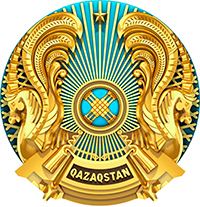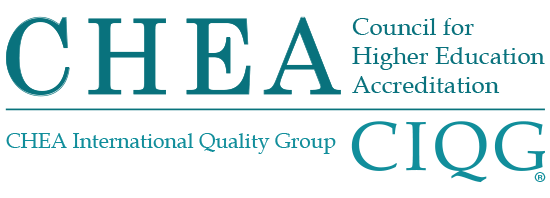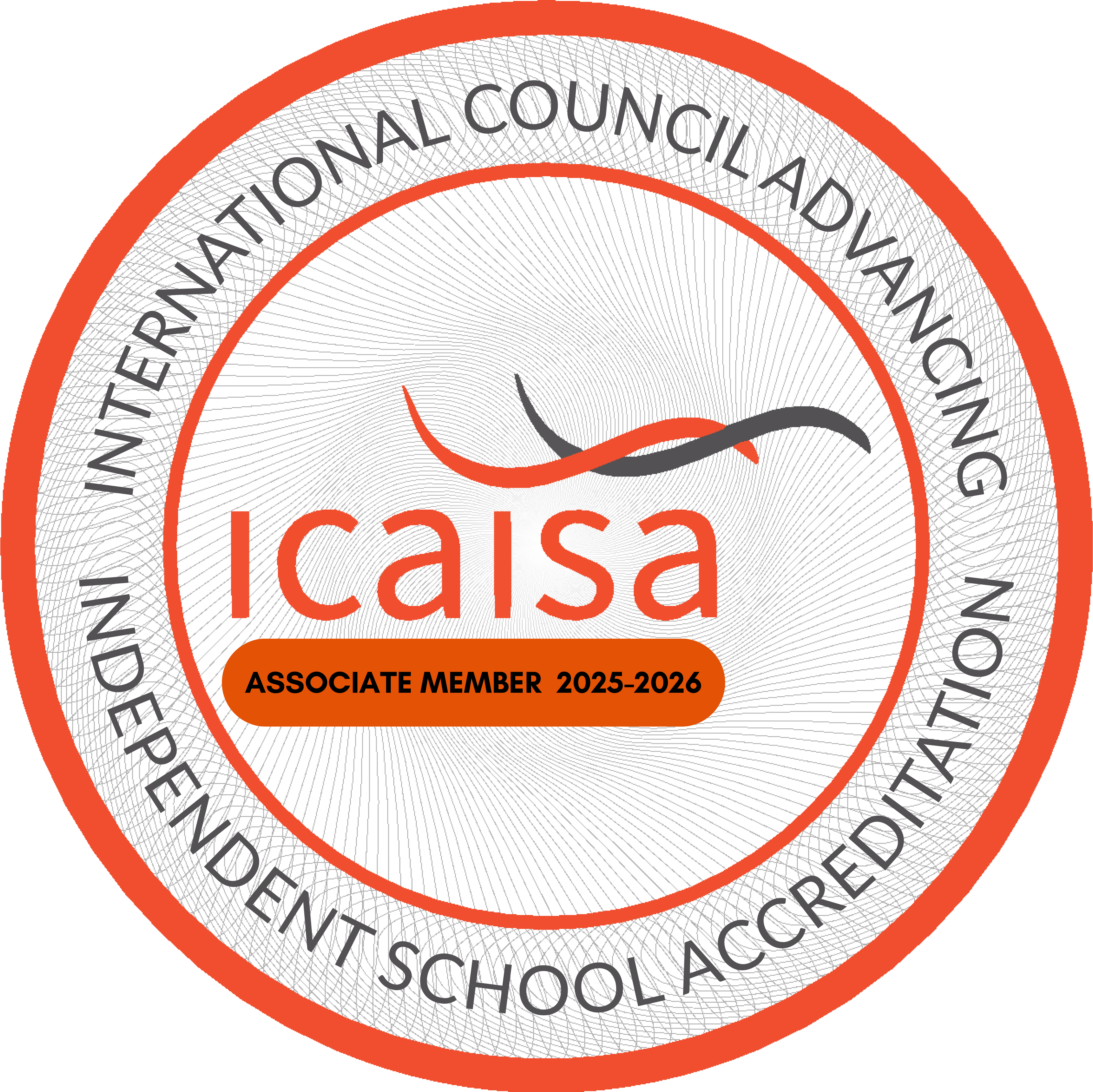TORINO PROCESS
- The European Training Foundation (hereinafter referred to as the ETF) was established in 1995 under the European Commission to promote the reform of vocational education systems in the countries of the former USSR, the Balkan region, and the Eastern Mediterranean. The ETF is located in Turin (Italy).
- The objectives of the ETF are to support the reform process, which is carried out through the implementation of various projects, expert assistance in solving topical issues, analytical research of current trends, and promoting the dissemination of best practices in the field of vocational education and training.
- The European Training Foundation, working on behalf of the EU, assists partner countries in creating high-quality education and training systems and putting them into practice. In 2009, the European Foundation for Education initiated a new direction of its activities, which was called the Torino Process.
The Torino Process is a joint review of policy development in the field of vocational education and training, which is carried out every two years by all partner countries of the European Education Foundation with its support.
The Torino Process was launched in January 2010 and its first initiative was to review and develop reports for discussion at national seminars.
The Torino process is based on a methodological approach that defines the scope and content of the review (analytical framework), possible sources of information, the implementation process (stakeholder participation), and expected results.
The analytical framework provides a list of thematic areas to be reviewed, and within each of them addresses the main policy issues that need to be documented in order to assess the VET system and the state of VET policy.
The types and sources of information are diverse. These are quantitative and qualitative data and indicators, best practices, quality assessment, existing national and international studies, and reports compiled by various stakeholders.
The implementation of the Torino Process is based on the broad participation and consultation of a wide range of stakeholders (policymakers, practitioners, and academics from both the private and public sectors) at various stages of the process to gather information, discuss the results of reviews and develop recommendations. Based on the results of the research, short joint country reports are compiled, as well as regional and international analyses of the development of vocational education and training policies.
The countries of North Africa, the Middle East, the Western Balkans, Eastern Europe, and Central Asia are participating in the Torino Process.
- Taking responsibility for both the process and the outcome by policymakers and stakeholders in the country (final report). This includes seeking synergies between the Torino Process and national strategies and/or other relevant processes.
- Broad participation of various stakeholders in the process, including parliamentary committees, policymakers, representatives of social partners, directors of educational institutions, teachers, local authorities, representatives of companies, researchers, and representatives of civil society. The broad reach of participants provides a platform for the exchange of views and the search for consensus among stakeholders, thereby establishing a link between policy analysis and reaching an agreement on the choice of options and ways to implement the policy.
- An integrated approach based on an expanded understanding of VET, covering both youth and adults, and a systematic approach that takes into account not only the system elements and their interrelationships, but also the ability of the VET system to respond to the requirements of the socio-economic environment in which it operates. The analytical framework covers the vision, analysis of external and internal effectiveness, as well as the management and financing of the VET system.
- An assessment based on documented analysis plays a key role in countries' informed policy-making decisions and in assessing progress made, as well as, in some cases (if justified and the country is interested), in conducting a comparative analysis of the EU experience. The evidence-based approach also helps to identify and disseminate best practices from the pilot to the system-wide level.
The analytical framework is a tool for collecting and interpreting qualitative information, contextualizing quantitative data, and monitoring the implementation and progress of VET development, including its comparison with the national, regional, and international indicators. Each section of the analytical framework contains a sub-section on policy initiatives and the assessment of progress since 2010.
Analytical framework:
- serves as a guide for reviewing VET policies for countries participating in the Torino Process;
- it is intended for updating and expanding databases on the factors that form the demand for VET services in the country;
- determining the effectiveness of the VET system's response to current demand;
- it is designed to provide a reliable platform for the development, implementation, and evaluation of VET system reform policies.
The analytical framework covers five key areas of policy analysis, presented in five sections:
Section A - Vision of the national VET system
What is the national vision for the development of the VET system? Does it reflect the views of all stakeholders, and how can it affect the improvement of competitiveness and the achievement of comprehensive national development goals? This section also provides an overview of the initial VET and continuing VET systems.
Section B - Efficiency and effectiveness of meeting the demand of the economy and the labor market
What are the key factors of the economy and the labor market that shape the demand for skills in the country? What mechanisms are in place to determine the demand and match the supply and demand of the skilled labor supplied by the system? Finally, what are the possibilities of the VET system to influence the above external factors?
What demographic and social factors shape the demand for VET services? What is the potential of the VET system to respond effectively to these factors, to ensure an inclusive approach to learning, and to meet the needs of students for professional and personal development?
How is the quality of learning outcomes in the VET system determined and guaranteed? How effective is the VET system? Who ensures its continuous improvement and how is this achieved?
What decisions, how, and at what level are made in the VET system? What is the hierarchy of distribution of functions and powers, and how does this system of distribution of responsibility affect the improvement of the quality of VET?
In 2014, the analytical framework of the Turin Process was revised and supplemented.
To date, its structure reflects the sequence of stages in the policy cycle and is based on a number of general assumptions, such as:
- the need for long-term planning;
- competent demand management, taking into account the expanded scope of VET;
- effective and efficient provision of VET;
- capacity development for policy implementation.
Within the framework of the Torino Process, two forms of participation are possible:
1. The evaluation led by the ETF
This form is suitable for those countries that need stronger guidance and support from the ETF in organizing the process and preparing country reports. The ETF, together with the country focal points, ensures the following:
- application of a multi-stakeholder approach to policy analysis (through focus groups and/or workshops);
- collection of data required for analysis (quantitative and qualitative data that are widely available);
- country responsibility for the preparation of the final report (by involving a wide range of participants in the discussion of the various drafts of the report).
A final workshop on dissemination of the results is held in each country. During the seminar, the final key priorities for the reform of the VET system in the country are determined.
2. Countries self-assessment
This form of participation is suitable for countries that independently evaluate their activities and develop country reports. For countries that have chosen this form of participation, the ETF offers a number of criteria for compliance with the four principles of the Torino Process:
- the designation of a specific institution in the country that is responsible for implementing the process and developing the report;
- agreement on the organization of a start-up workshop with the participation of all interested parties;
- consent of countries to involve a wide range of stakeholders for consulting on the development of the draft report;
- adoption by countries of the ETF Guidelines, including the expected scope and structure of the report;
- enabling the ETF to comment on the draft self-assessment report;
- inclusion of the final report peer review process in the ETF.






 Ministry of Education and Science of the Kyrgyz Republic
Ministry of Education and Science of the Kyrgyz Republic





